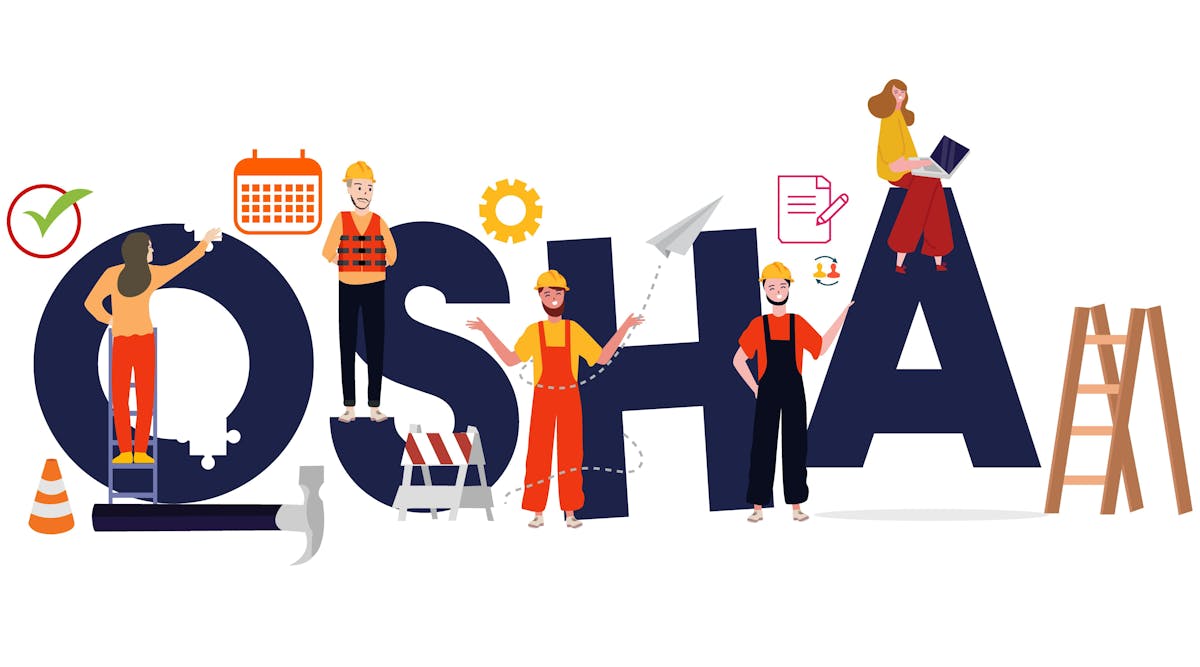A newly re-energized Equal Employment Opportunity Commission (EEOC) is stepping up its efforts to make sure employers adhere to federal laws that aim to prevent discrimination based on race, ethnicity, religion, gender, age and disability.
Until recently, the normally five-member commission had been deadlocked with just two Democrat and two Republican commissioners because the nomination of a third Democrat by President Biden had been held up in the Senate. But with that roadblock cleared in August, and Democrat Commissioner Kalpana Kotagal sworn in, the Democrat majority EEOC lost no time in pressing forward.
Details of what it intends to do were outlined in the commission’s five-year Strategic Enforcement Plan (SEP). Proposed publicly last January, it was released in final form on Sept. 21. Among other things, it reveals that the agency intends to aggressively pursue its enforcement agenda through Commissioner Charges, directed investigations and litigation involving systemic harassment and discrimination, note attorneys for the law firm of Seyfarth Shaw.
The SEP identifies six subject matter priorities, and employers can expect the EEOC to conduct a more aggressive enforcement agenda with respect to each of them, the attorneys stress. They are:
1. Eliminating barriers in recruitment and hiring. The EEOC’s focus will be on discriminatory recruitment and hiring practices, with a special emphasis on the use of technology, artificial intelligence (AI) and machine learning used in job advertisements, recruiting, and hiring decisions. The new SEP emphasizes an employer’s use of all technology (not just “automated systems”) in hiring and recruitment as an area of strategic focus.
The EEOC already has taken actions ranging from opening investigations and filing lawsuits against employers it believes have been using computer technology to engage in discriminatory hiring practices. Earlier this year, the commission also joined other federal agencies in signing a joint agreement to battle against the potential use of AI to violate workers’ civil and labor rights.
The commission has historically focused on recruiting and hiring, in part because private plaintiffs’ counsel (tort lawyers) have been unwilling to champion large-scale hiring cases due to cost and challenges inherent in identifying potential “victims,” the Seyfarth Shaw attorneys explain.
2. Protecting vulnerable workers from underserved communities. The EEOC will expand its focus on protecting vulnerable workers, and the agency also has chosen to expand the categories of workers who it categorizes as being “vulnerable and underserved.”
Among those who are said to fall within the commission’s embrace of vulnerable workers’ rights include, among other groups: immigrant and migrant workers; workers with developmental, intellectual and mental health-related disabilities; LGBTQ+ individuals; individuals employed in low wage jobs, including teenage workers; and the survivors of gender-based violence.
The EEOC has identified these groups, among others, as deserving special protection because it believes that their members may be unaware of their rights under EEO laws, and/or may be reluctant or unable to exercise their rights for various reasons.
3. Addressing selected emerging and development issues. The EEOC states that it will continue to prioritize emerging or developing issues, and it has updated the emerging and developing issues priority to incorporate protections for workers who are affected by pregnancy, childbirth or certain related medical conditions, including those that are listed in the Pregnant Workers Fairness Act (PWFA), which was enacted earlier with year and went into effect on June 27.
The EEOC has proposed regulations to enforce the PWFA that will apply to employers with 15 or more workers and contains enforcement standards similar to those that it currently use to enforce the Americans With Disabilities Act (ADA).
This priority will also focus on addressing discrimination “influenced by or arising as backlash in response to local, national or global events.” Notably, the new SEP dials back the scope of the EEOC’s prior focus on COVID-19, the attorneys point out. Under the SEP, only Long COVID is considered an area of strategic emphasis.
“This is important in part because, while the EEOC and its local counterparts have fielded thousands of charges of discrimination relating employees’ religious and/or medical exemption requests from employers’ COVID-19 vaccination mandates, vaccination-related enforcement is not referenced in the SEP,” the attorneys stress.
4. Advancing equal pay for all workers. The EEOC also announced that it will continue to use directed investigations and Commissioner Charges to advance the future enforcement of pay discrimination laws, including the Equal Pay Act and Title VII of federal civil rights law.
This is important because the practice of allowing individual commissioners to bring charges against specific employers was introduced by Congress to be deployed only in regard to enforcement of the ADA and Age Discrimination in Employment Act (ADEA). Once an EEOC office has received and filed a commissioner charge, it then conducts the ensuing investigation the same way it would after receiving any other filed complaint.
The EEOC further promises that it will focus on employer practices that it deems may impede equal pay, or contribute to pay disparities, such as secrecy policies, discouraging or prohibiting workers from sharing pay information, and reliance on past salary history or applicants’ salary expectations to set pay.
In this regard, on Sept. 13 the EEOC and Department of Labor (DOL) Wage and Hour Division (WHD) signed an agreement to share information, coordinate investigations and enforcement, cross-train personnel, and conduct joint outreach and public education efforts. The Memorandum of Understanding (MOU) allows the agencies’ staff to work together to make sure employers are following the federal wage laws.
In practical terms, this most likely means that if the DOL is investigating an employer for federal wage and hour violations and the investigators find what they believe to be discrimination against a protected group—such as women or the disabled—that information will be shared with the EEOC.
5. Preserving access to the legal system. The EEOC says it will also focus enforcement on workplace policies or practices that limit employees from exercising their rights, including any policies that may deter or prohibit filing charges with the EEOC or cooperating freely in EEOC investigations.
Particularly important for employers: The EEOC warns it will focus on overly broad waivers, releases, non-disclosure agreements, and non-disparagement agreements; unlawful or improper mandatory arbitration provisions; employers’ failure to keep required applicant and employee data and records; and retaliatory practices that could dissuade employees from exercising their rights.
6. Preventing and remedying systemic harassment. Finally, the EEOC also said it will focus on remedying harassment, both in-person and online. As part of this priority, the EEOC can be expected to focus on promoting the adoption of comprehensive anti-harassment programs and practices by employers, the Seyfarth Shaw attorneys observe.
“The importance of the new SEP is, without hyperbole, profound,” they add. “The EEOC’s SEP identifies the types of claims the EEOC’s front-line personnel are searching for when they are investigating charges, and what types of litigation the EEOC will aggressively pursue. The new SEP, propelled by demonstrable steps to move resources to these goals, promises to have a significant impact on how the commission interacts with—and litigates against—employers.”
Given the Biden administration’s ongoing emphasis on aggressively addressing issues involving both what it sees to be systemic and individual instances of discrimination, employers should continue to keep an eye out for recent and future developments involving issues that could embroil them in enforcement actions that can be as serious as it is unexpected.










































































